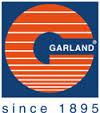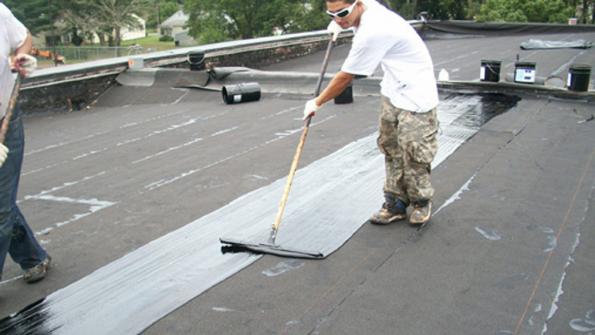Everything you wanted to know about being a cooperative contract lead public agency
For public purchasing pros, it can be a learning experience when their agency takes the lead on a cooperative contract. It also can be a great way to get acquainted with new technology. That’s the opinion of Joe Tommie, CPPO, director in the Purchasing Department of Cobb County, Ga.
His purchasing team, which includes Bill Thomas, CPPB, is the lead agency for a U.S. Communities Garland/DBS, Inc. national cooperative contract. It is Contract No. 14-5903 that covers Roofing Supplies and Services, Waterproofing and Related Products and Services. Go here to listen to an on-demand contract webinar on this contract. 
Joe Tommie started his career in procurement in public school districts in 1981 and advanced in that field through 2008. “I then had the opportunity to become a construction procurement director, and I went to work with an upstate South Carolina school district, Pickens County; that’s the school district where Clemson University is located,” Tommie tells GPN. “I worked there five years and supervised procurement of the district’s school building program. We did about $400 million worth of construction in the district.”
Tommie has been an instructor of NIGP: The Institute for Public Procurement (NIGP) courses for the past 16 years. He teaches Fundamentals of Leadership and Management and four other NIGP classes. He shares his views on all things roofing and cooperatives below.
GPN: Are there any benefits for lead agencies of cooperative contracts?
Joe Tommie: It gives us an opportunity to communicate with other public purchasing professionals nationwide via contract evaluation committees. We do a quarterly meeting/phone conference with officials at all the lead agencies. During the conference call, everybody exchanges ideas. We hear about new contracts that are being competed across the U.S. It’s a great networking opportunity.
We discuss all new contracts or what procurement officials see that is new in the marketplace or what might be coming out. It’s a way for us to learn about new products, services and even trends in product development in public procurement across the U.S. Contract evaluation committees also meet in person.
As a lead agency, what we do is really a service to other public entities in the U.S. Our work gives procurement officials an opportunity to use these cooperative contracts. The contracts enable agencies to save time and money in the buying process.
As the lead agency, we advertise the solicitation at our expense, and then throughout the year we get a lot of questions regarding the contract. We send supporting documentation on the bid to agencies nationwide.
GPN: What kinds of governments —cities, counties, schools, special districts—most often use the Garland/DBS-U.S. Communities cooperative contract?
JT: A wide variety of entities use it—including public school districts, county and city governments. The using agencies and governments are not really confined to one particular kind of entity.
GPN: Do you have any advice for governments that are making plans for a roof replacement project?
JT: I would advise, before they make any decision, that governmental entities look at the kinds of roofing projects they are considering. Take a look at the required completion deadlines, and then take a look at each project individually, and try to determine the most appropriate methods to complete the projects. On some projects, a cooperative contract may not be the best way to go.
The purchasing department in an entity may find that they can go out and bid it out and compete it, and they may be able to save money in the process. We think the Garland cooperative roofing contract is a very good contract, and we think it’s a very cost-competitive contract, and we believe it can save a lot of time for governmental entities.
In fact, the engineering and design costs for a project are built into the contract. Because Garland has its own designers, agencies don’t have to go through the process of placing newspaper advertisements and soliciting competitive bids and all that.
But I still advise any governmental entity to take a look at each roof project and find out exactly what the job requirements are. Procurement officials should do their due diligence and find out what acquisition process is the most cost-effective and which method is going to offer the best value. Always do your homework. Buyers can get a Garland price and then they can go out and get other price quotes. That way they can find out which acquisition process offers the best value.
GPN: So since Garland has its own design team, a government agency wouldn’t have to find an architect and do all the other legwork through the U.S. Communities contract?
JT: Yes, it saves the time and expense of trying to procure design services and then having to pay that expense.
GPN: As Cobb County continues to manage the Garland-U.S. Communities cooperative contract, do you see any roofing or roofing repair trends at government facilities?
JT: We haven’t noticed any real changes in roofing trends over the last few years. One development we’ve noticed is that government buyers seem to be more focused on making sure that they are getting best value for each project.
Michael Keating is senior editor for American City & County and the GPN web site. Contact: [email protected]
_____________
To get connected and stay up-to-date with similar content from American City & County:
Like us on Facebook
Follow us on Twitter
Watch us on Youtube




















